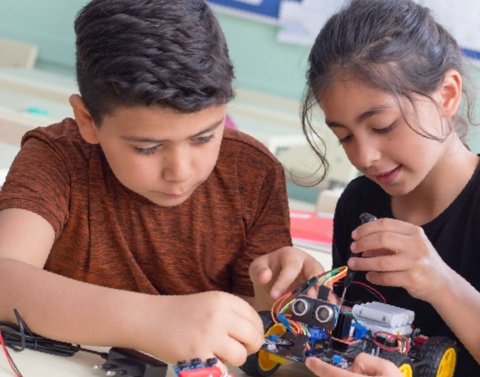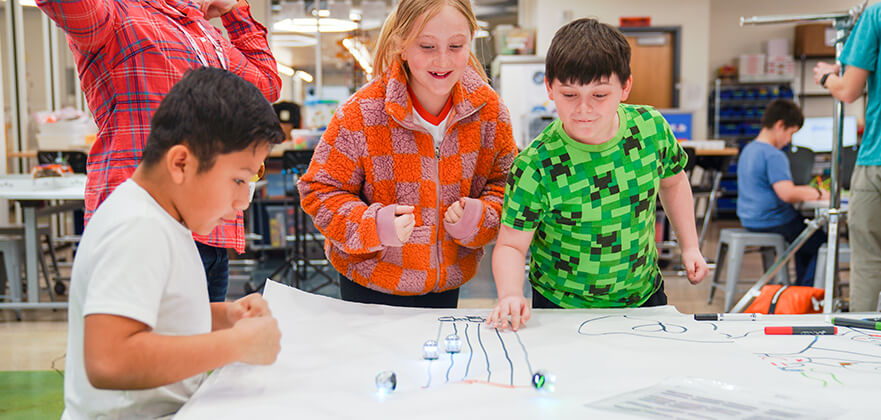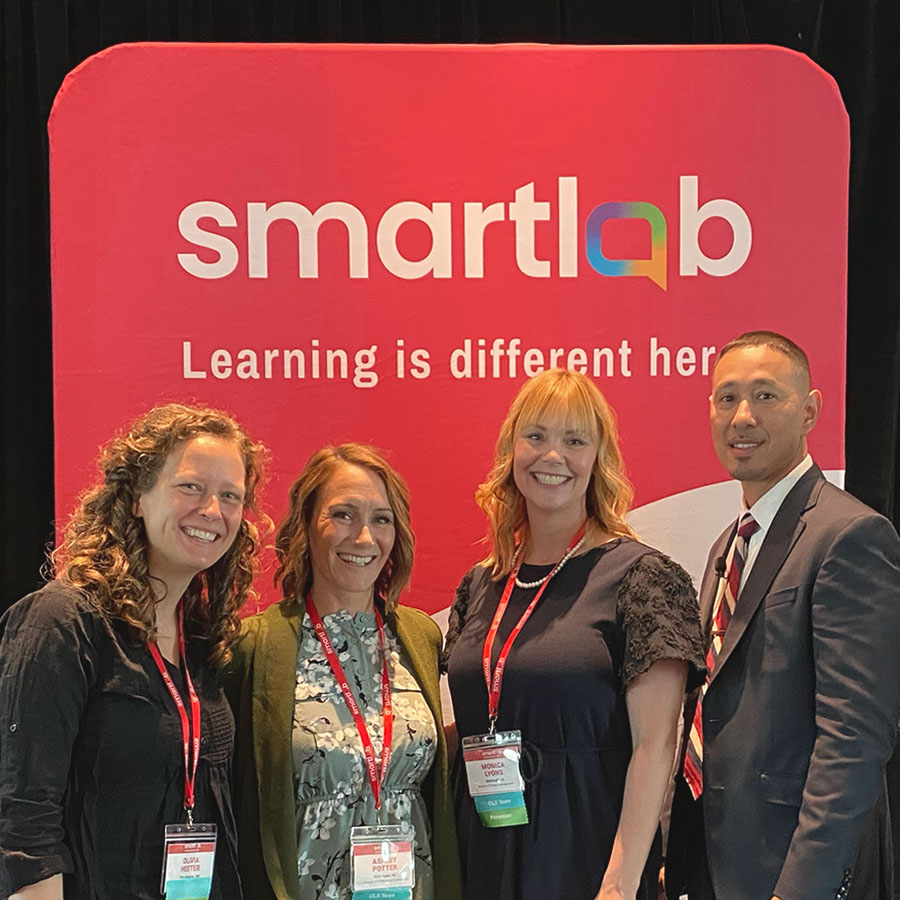A Journey Through Project-Based Learning
Project-based learning (PBL) in education used to mean dioramas, poster boards, and book reports, but traditional end-of-unit class projects like these are becoming a thing of the past. With PBL, projects are no longer an afterthought.
Today’s project-based learning guides students through a student-led approach where they explore authentic, real-world challenges and problems through hands-on activities and experiences.

Today’s project-based learning looks very different.
Learners’ passions, real world problems, and student-led explorations of solutions with increased student involvement are all present in PBL classrooms, rather than teachers dictating the outcome. A PBL STEM classroom gives students the opportunity to collaborate and work through challenges as they learn and teachers are more like coaches than instructors.
Where to begin?
Switching to PBL may seem daunting, but SmartLab simplifies the process. SmartLab provides professional development training for teachers to guide students as they solve real-world problems using creativity and innovation through a variety of STEM projects that are engaging, relevant, and student-centered.
The open-ended STEM projects are customized to meet individual student needs and abilities. PBL allows students to shape learning around their own interests and learning styles. As students work their way through the SmartLab learning process, they develop critical thinking, reasoning, teamwork, and creative skills.
Does it work?
So, if students are in charge of what they learn and how they learn, does PBL actually work? According to a recent study by the George Lucas Educational Foundation, not only does it work, it is more effective than traditional approaches.
Students involved in rigorous project-based learning:
- Score higher on AP exams
- Show improved social and emotional learning and social skills
- Outperform peers in core subjects
- Demonstrate improved English skills in ELL
- Develop twenty-first century skills
- Improve equity in the classroom
The hands-on, student centered approach makes learning fun and exciting, but PBL also helps prepare students with 21st century skills and social emotional learning built in. The education team at SmartLabs Learning ensures that all projects are aligned with core skills and academic standards, while the multiple challenge levels and extension activities allow for individualized goals and instruction.
But what about grades?
A Student-led approach doesn’t mean that students aren’t held accountable for their learning. In a PBL classroom, teachers check-in often for understanding and provide individualized support as needed. The SmartLab Learning Hub couples our standards-aligned, project-based learning curriculum with an easy-to-use online platform. Here, students can document their learning and growth, and educators can track students’ progress.
- Explore – technology without any preconceived notions, gather information, and learn how the technology works.
- Plan – set SMART goals, determine the outcome, and identify the steps to reach it.
- Do – encourages learners to document throughout the project.
- Reflect – students reflect on their growth and progress throughout the project. It also provides teachers with opportunities to evaluate, assess, and reteach important skills.
- Share – allows students to share their experience, what did and didn’t work throughout the process, and celebrate their learning.
The SmartLab learning process empowers students to use critical thinking skills throughout the project while collaborating with other learners, accessing new technologies, and overcoming obstacles.
Learning in Action
Project based learning is designed to foster a love of learning as students acquire important core skills, emphasizing individual growth and authentic connections. SmartLabs learning creates a rich project-based learning environment where students explore real world topics in great depth.
So, while dioramas and book reports are fun, true PBL is more than a culminating project. Students participating in SmartLabs PBL have the opportunity to learn by actively engaging in meaningful activities from start to finish. SmartLabs understands the value of learning in the process.
Ready to learn more about SmartLabs? Contact us here.




